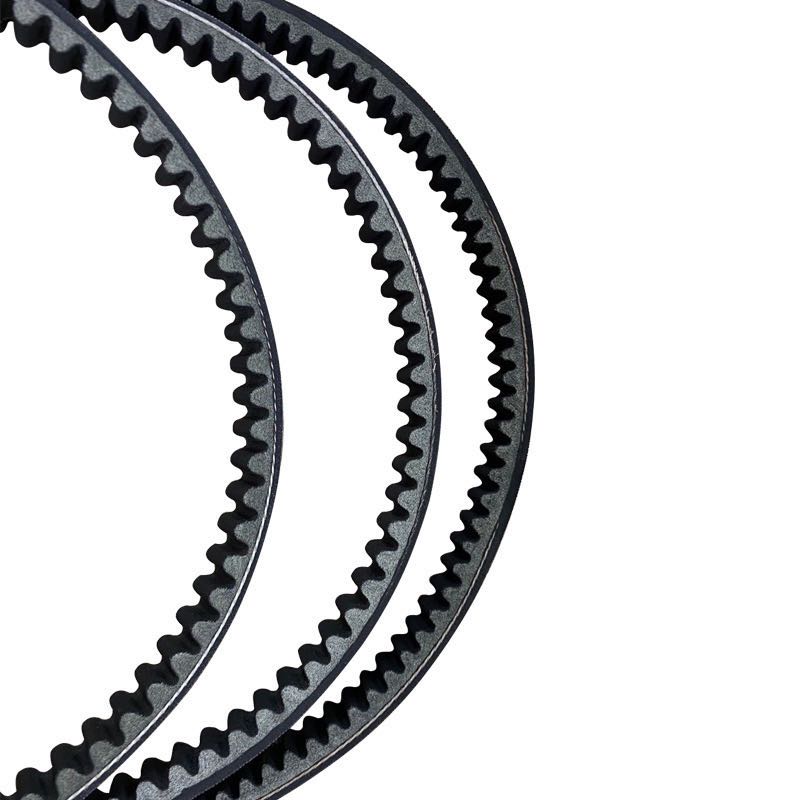- Arabic
- French
- Russian
- Spanish
- Portuguese
- Turkish
- Armenian
- English
- Albanian
- Amharic
- Azerbaijani
- Basque
- Belarusian
- Bengali
- Bosnian
- Bulgarian
- Catalan
- Cebuano
- Corsican
- Croatian
- Czech
- Danish
- Dutch
- Afrikaans
- Esperanto
- Estonian
- Finnish
- Frisian
- Galician
- Georgian
- German
- Greek
- Gujarati
- Haitian Creole
- hausa
- hawaiian
- Hebrew
- Hindi
- Miao
- Hungarian
- Icelandic
- igbo
- Indonesian
- irish
- Italian
- Japanese
- Javanese
- Kannada
- kazakh
- Khmer
- Rwandese
- Korean
- Kurdish
- Kyrgyz
- Lao
- Latin
- Latvian
- Lithuanian
- Luxembourgish
- Macedonian
- Malgashi
- Malay
- Malayalam
- Maltese
- Maori
- Marathi
- Mongolian
- Myanmar
- Nepali
- Norwegian
- Norwegian
- Occitan
- Pashto
- Persian
- Polish
- Punjabi
- Romanian
- Samoan
- Scottish Gaelic
- Serbian
- Sesotho
- Shona
- Sindhi
- Sinhala
- Slovak
- Slovenian
- Somali
- Sundanese
- Swahili
- Swedish
- Tagalog
- Tajik
- Tamil
- Tatar
- Telugu
- Thai
- Turkmen
- Ukrainian
- Urdu
- Uighur
- Uzbek
- Vietnamese
- Welsh
- Bantu
- Yiddish
- Yoruba
- Zulu
ธ.ค. . 09, 2024 16:17 Back to list
Understanding the Importance of Your Car's Engine Timing Belt Maintenance and Replacement
Understanding Car Engine Timing Belts Essential Insights
The timing belt is a crucial component in the engine of your vehicle, acting as a synchronizing element between the crankshaft and the camshaft. Understanding its function, maintenance, and potential issues can help you ensure a smoother operation of your car and avoid expensive repairs down the line.
What is a Timing Belt?
The timing belt is a reinforced rubber belt that connects the crankshaft to the camshaft. It plays a vital role in the engine's timing mechanism by ensuring that the engine's valves open and close at the correct intervals as the pistons move up and down. When the engine is running, the timing belt ensures that the camshaft rotates in precise coordination with the crankshaft, which is essential for optimal performance.
Importance of the Timing Belt
A properly functioning timing belt is critical for the operation of an internal combustion engine. If the belt were to slip or break, it could lead to catastrophic engine failure. In interference engines, where the transmission allows for overlapping movements between the pistons and valves, a timing belt failure can result in the pistons striking the valves. This can cause significant damage and lead to costly repairs, making regular maintenance of the timing belt vital.
Signs of Wear and Tear
Timing belts don’t last forever; they typically require replacement every 60,000 to 100,000 miles, depending on the manufacturer’s recommendations. However, certain signs can indicate that a replacement is needed sooner. These signs include
car engine timing belt

2. Engine Misfires A failing timing belt can cause the engine to misfire, leading to poor performance and fuel efficiency.
3. Oil Leaks Look for oil around the timing belt area. Oil leaks can damage the timing belt, hastening its wear.
4. Engine Warning Light This light may illuminate for various reasons, including issues with the timing belt.
5. Visual Inspection If you can access the timing belt, look for cracks, fraying, or other signs of wear.
Maintenance and Replacement
To keep your timing belt in optimal condition, regular maintenance is essential. Follow your vehicle manufacturer’s recommended service intervals for timing belt inspection and replacement. During routine maintenance, a mechanic can check the timing belt for signs of wear and recommend replacement if necessary.
When replacing a timing belt, it is often wise to also replace the water pump, tensioners, and pulleys as they are usually interconnected. This proactive approach can save you time and money since these parts may need to be changed shortly after a timing belt replacement.
Conclusion
In conclusion, your vehicle’s timing belt is a small yet critical component that requires proper attention and maintenance. Understanding its function, recognizing the signs of wear, and adhering to maintenance schedules are essential steps in preventing significant engine damage and ensuring your car runs smoothly. By taking these necessary precautions and addressing any signs of trouble promptly, vehicle owners can safeguard against costly repairs and prolong the life of their engines. Always consult your vehicle’s manual for specific recommendations related to your make and model, ensuring your timing belt remains in peak condition for years to come.
-
Korean Auto Parts Timing Belt 24312-37500 For Hyundai/Kia
NewsMar.07,2025
-
7PK2300 90916-T2024 RIBBED BELT POLY V BELT PK BELT
NewsMar.07,2025
-
Chinese Auto Belt Factory 310-2M-22 For BMW/Mercedes-Benz
NewsMar.07,2025
-
Chinese Auto Belt Factory 310-2M-22 For BMW/Mercedes-Benz
NewsMar.07,2025
-
90916-02660 PK Belt 6PK1680 For Toyota
NewsMar.07,2025
-
drive belt serpentine belt
NewsMar.07,2025

